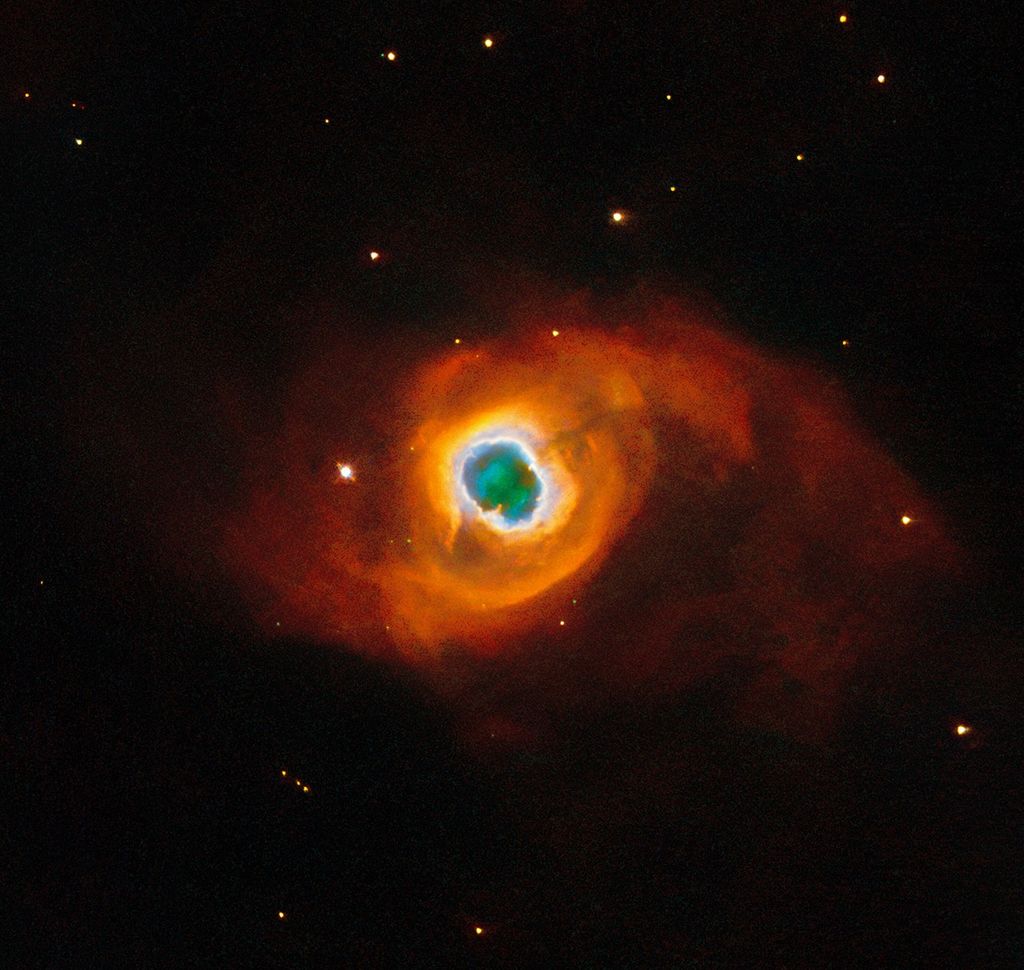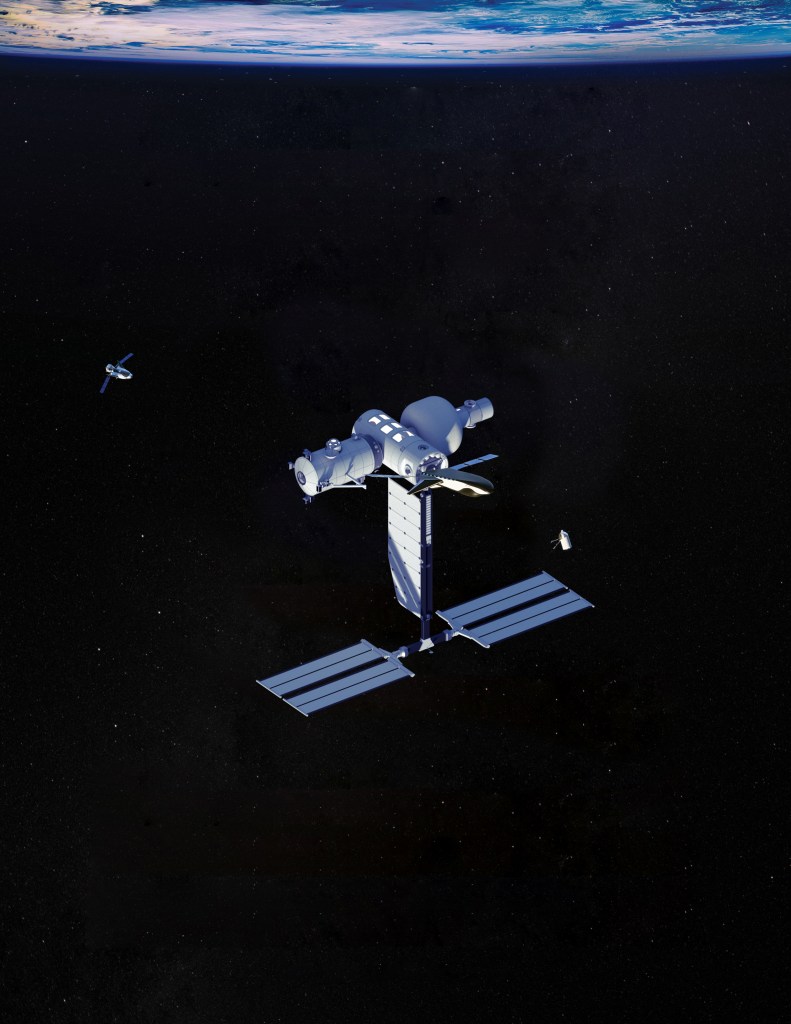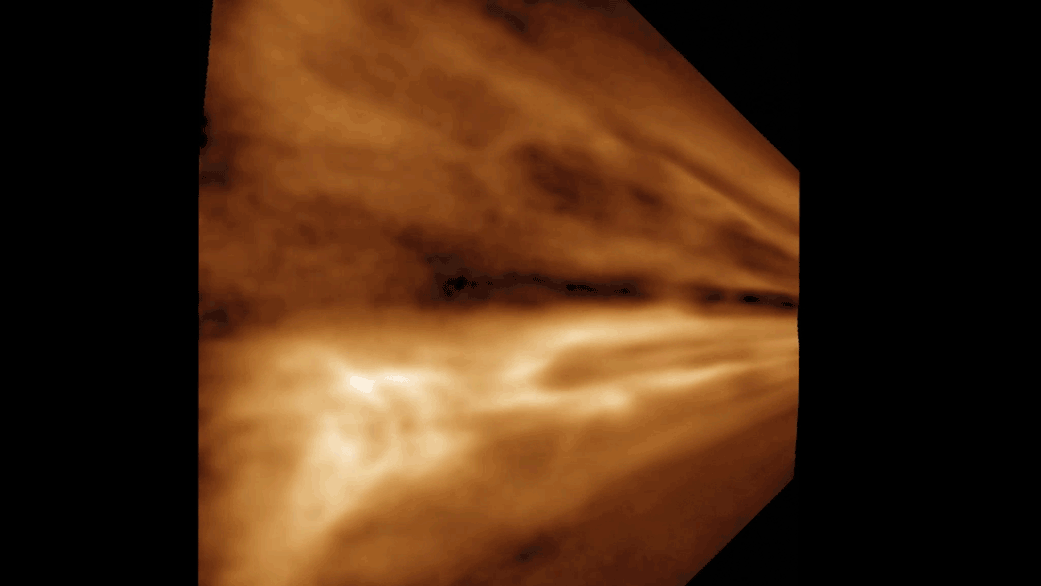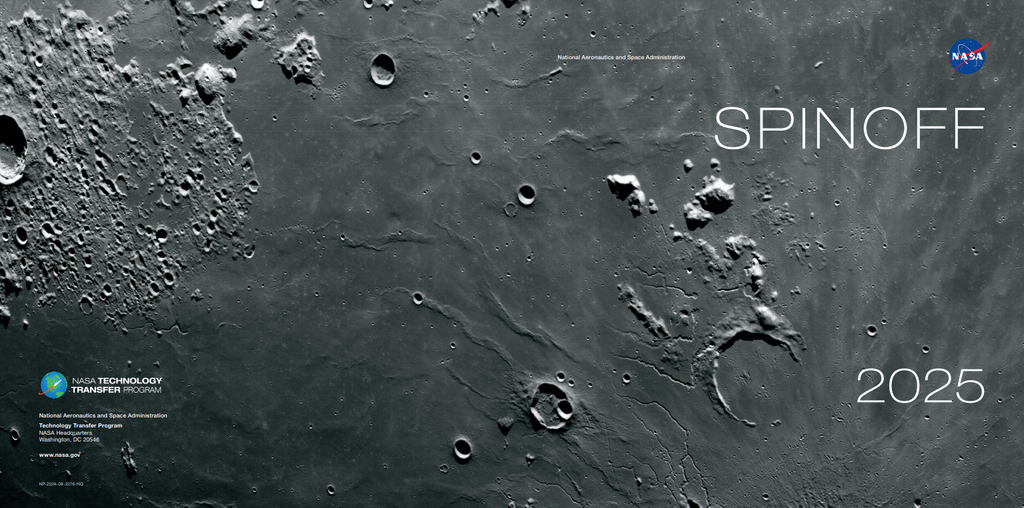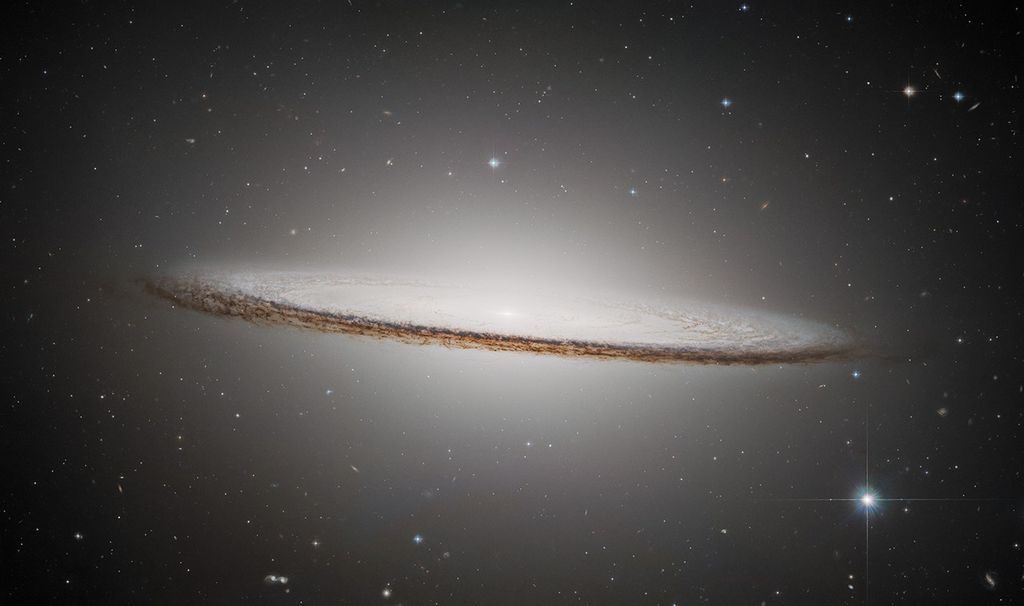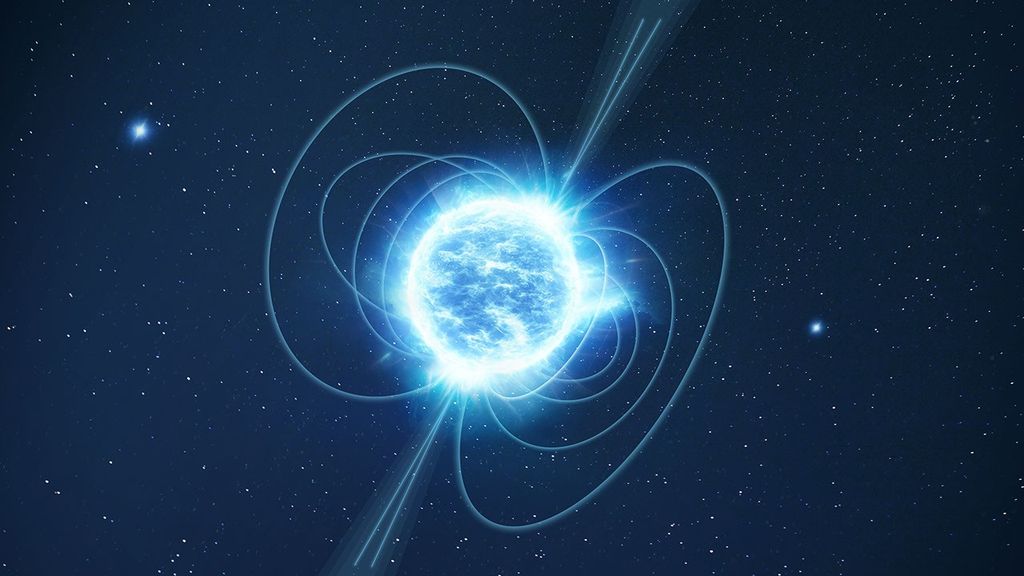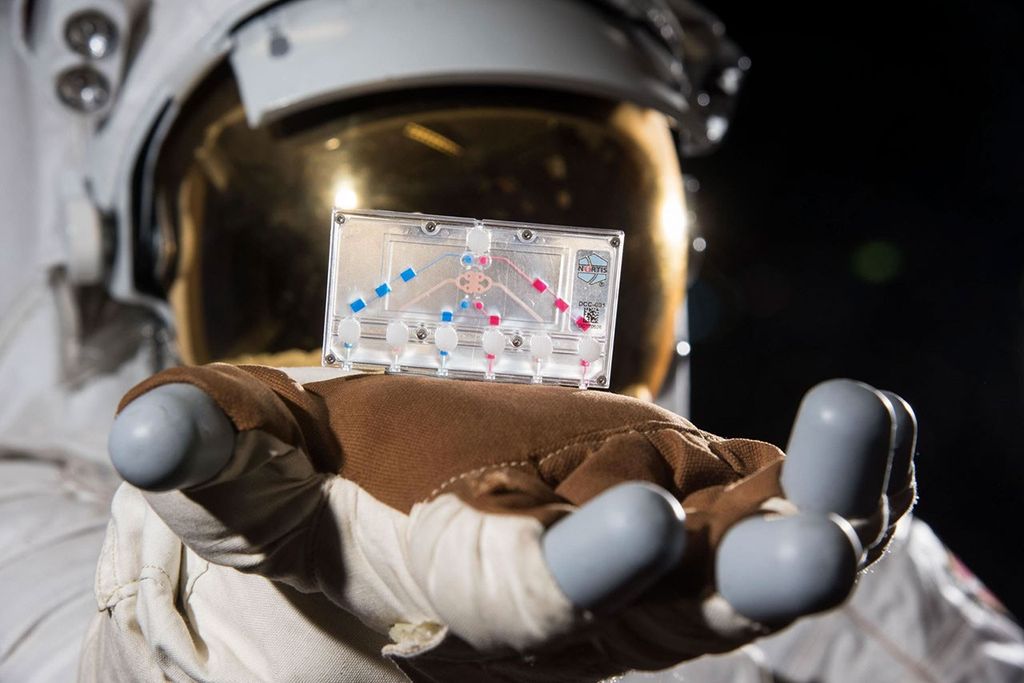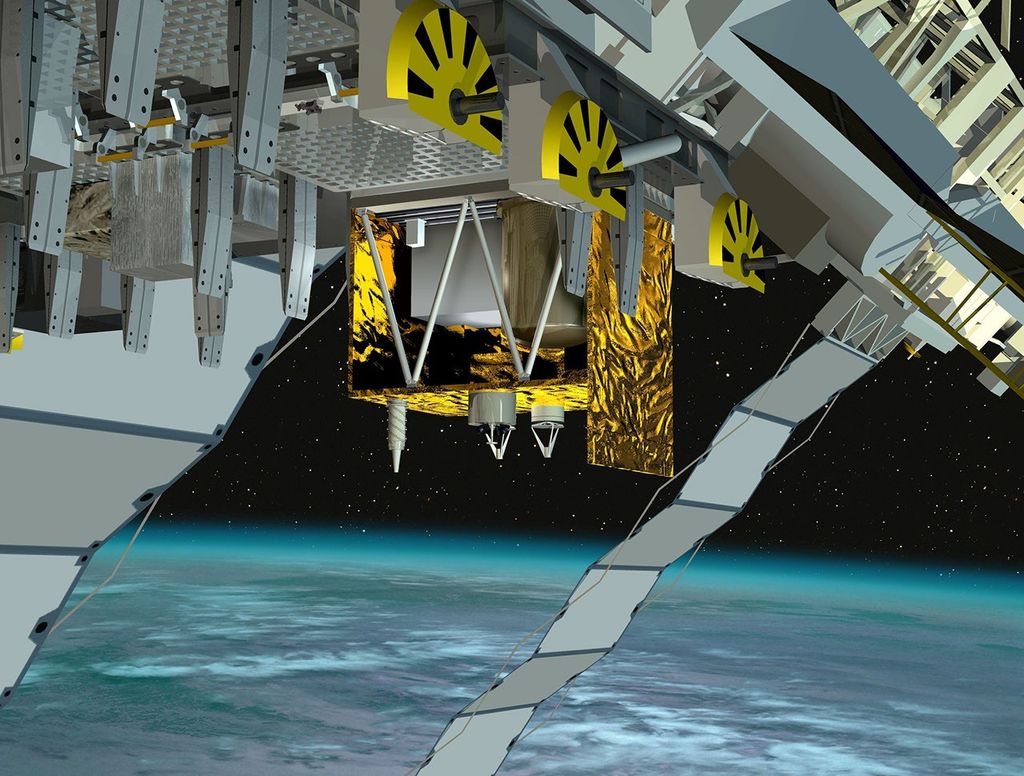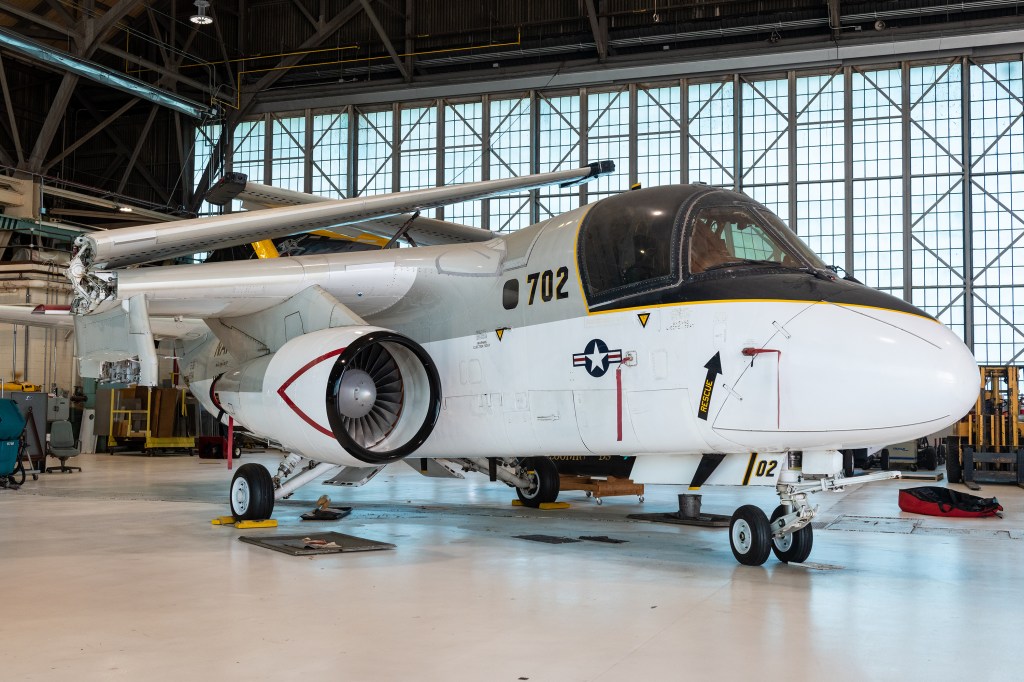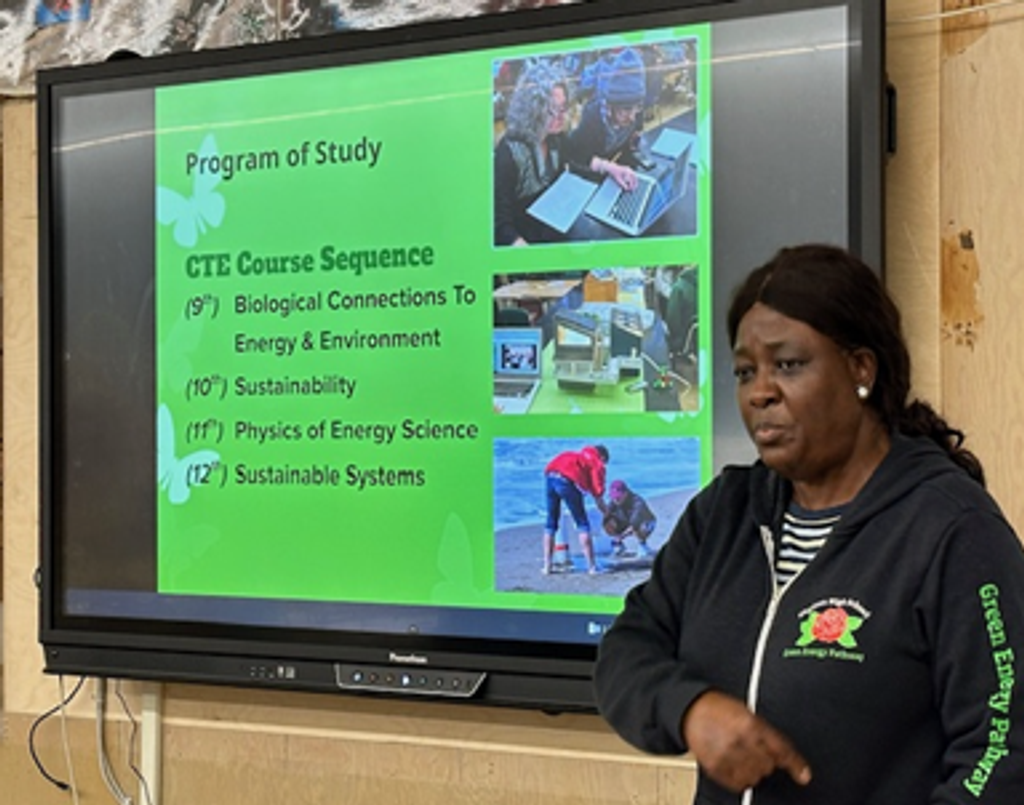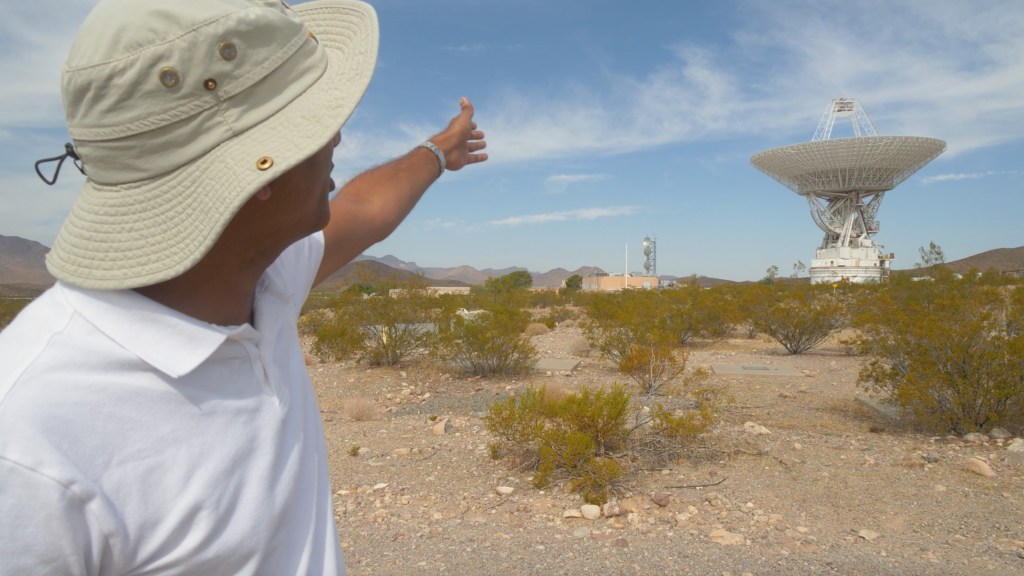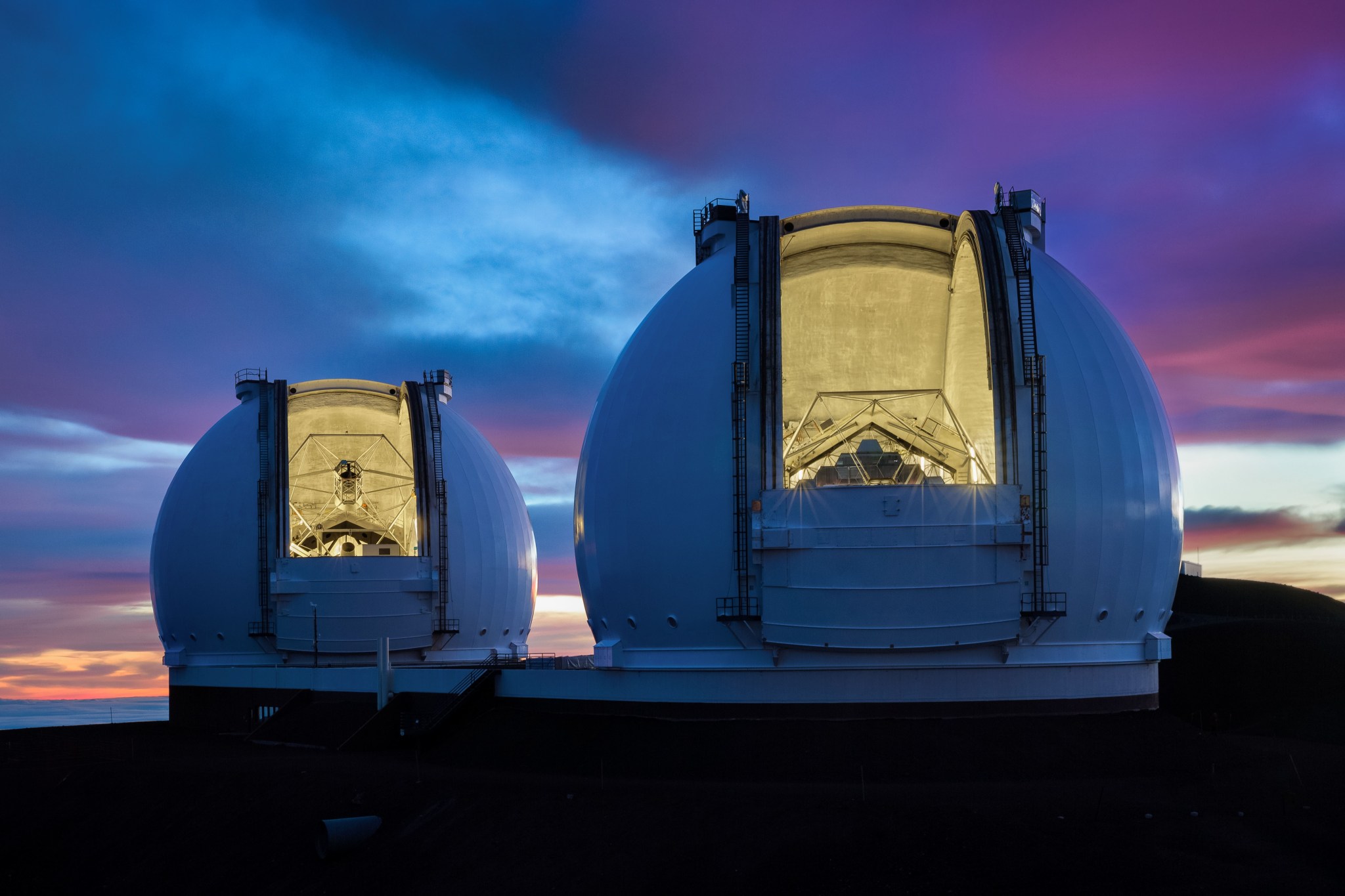NASA has awarded a five-year Cooperative Agreement with the California Association for Research in Astronomy to continue the science program at the W. M. Keck Observatory.
“The Keck Observatory has unique, world-class capabilities that we consider essential to realize the scientific potential of many NASA missions, both ongoing and planned,” said Paul Hertz, director of the Astrophysics Division at NASA Headquarters. “NASA’s continuing partnership with Keck will ensure that astronomers and planetary scientists can carry out important ground-based observations necessary for the success of NASA missions and their scientific objectives.”
The Keck Observatory is privately owned; in 1994 NASA contributed to the observatory and has been a partner ever since.
“I am pleased to see the powerful synergy between NASA and Keck Observatory continue,” said Keck Observatory Director, Hilton Lewis. “This private/public collaboration in fundamental science is both unusual and extremely effective. The addition of NASA as a strong and committed partner has helped keep the Keck astronomy community at the forefront of science. In addition to supporting the operation of the telescopes, NASA has contributed to our scientific leadership through joint programs and provided access to Keck Observatory for the broader US astronomy community.”
Under the new agreement, which takes effect March 1, 2018 through February 28, 2023, Keck Observatory will support upcoming NASA missions, including:
- James Web Space Telescope
- Transiting Exoplanet Survey Satellite (TESS)
- Wide Field Infrared Survey Telescope (WFIRST)
- Euclid (ESA)
- Mars 2020
- Explorers Program: Medium-Class Explorers (MIDEX), Small Explorers (SMEX)
- Planetary Missions: Discovery, New Frontiers
These next-generation space-based NASA missions, in combination with ground-based support from the world’s most scientifically-productive optical and infrared telescopes at Keck Observatory on Maunakea, Hawaii, will allow the nation’s scientists to obtain new knowledge from never-before-seen views of the universe.
“NASA’s investment gives our science community a seat at the table for observatory governance and scientific planning, helping to shape the future observatory capabilities and operations model in a way that is highly beneficial to the NASA science program,” said Hashima Hasan, NASA program scientist for Keck Observatory.
“I was personally delighted that NASA was again willing to invest in Keck Observatory,” said Keck Observatory Chief Scientist Anne Kinney. “It brings the national brain-trust to Keck, among the best and the brightest in the entire country, to our observatory, and also links us to groundbreaking NASA missions.”
Current Keck Observatory observations are already characterizing targets, assembling input catalogs, and refining calibrations for Webb, Euclid, TESS, Europa Clipper, and WFIRST.
With this agreement now in place, NASA and Keck Observatory will continue conducting scientific investigations specifically designed to advance quests to find habitable Earth-like exoplanets, unravel the mysteries of dark energy and dark matter, discover potential microbial life on Mars, and support future planetary missions, including a visit to Jupiter’s moon Europa.
“Keck Observatory’s advanced instrumentation suite continues to evolve and grow, and promises break-through discoveries in several scientific areas,” said Mario Perez, NASA Program Executive for Keck Observatory. “This includes probing the cosmic history of galaxy evolution, tracing chemical evolution, characterizing photospheric properties of planetary system hosts, and mapping and monitoring volcanic hot spots on Jupiter’s moon Io.”
In the last five years alone, Keck Observatory has been critical in supporting a variety of NASA astrophysics and planetary space missions, such as Cassini, JUNO, Deep Impact (EPOXI), WISE, New Horizons, SOFIA, MESSENGER, LCROSS, and more.
One prime example that garnered international attention is when NASA’s space observatory, Kepler, and Keck Observatory tag-teamed to verify the largest collection of exoplanets ever discovered. This led NASA to achieve one of its Level 1 science goals – a census of extrasolar planets with data so detailed that demographics of Earth-sized planets are included.
“Keck Observatory has made critical contributions to the success of NASA’s Kepler/K2 mission, providing high-resolution imaging and spectroscopy to validate and characterize the masses and orbits of hundreds of exoplanets,” said Charles Beichman, executive director of the NASA Exoplanet Science Institute (NExScI) at Caltech.
The NASA-Keck collaboration has also been instrumental in making 25 years of Keck Observatory data publically accessible via the Keck Observatory Archive (KOA). KOA capabilities have improved in recent years and it now serves as a repository of all the high-value data obtained at the Observatory.
“It is a privilege to be able to give community-wide access to our data. We believe it is critical to share the scientific knowledge that we gain with the world, to help solve the hardest problems in astronomy,” said Lewis.
Through this collaboration, NASA has access to one-sixth of the annually available observing time, to both 10-meter telescopes:; Keck I and Keck II. This observing time is available to the U.S. scientific community through a competitive allocation using a merit-based process.
NASA partners with NExScI to carry out a Keck Guest Observing Program, implement KOA, and manage Key Science Mission Support Projects and other related activities. NExScI already has an open call underway for professional research proposals for NASA Keck observing time in Spring of 2018.
The W. M. Keck Observatory operates the most scientifically productive telescopes on Earth. The two, 10-meter optical/infrared telescopes on the summit of Maunakea on the Island of Hawaii feature a suite of advanced instruments including imagers, multi-object spectrographs, high-resolution spectrographs, integral-field spectrometers, and world-leading laser guide star adaptive optics systems. The Observatory is a private 501(c) 3 non-profit organization and a scientific partnership of the California Institute of Technology, the University of California, and NASA.
For more information, visit: www.keckobservatory.org
– end –
Felicia Chou
Headquarters, Washington
202-358-0257
felicia.chou@nasa.gov

